Sunbeam Talbot Classic Cars for Sale
The Sunbeam Talbot series stands out for its motorsport pedigree, distinctive British design, and technical evolution from the late 1930s to the mid-1950s. With a strong presence in postwar rallying, especially under the hands of drivers like Stirling Moss, these four-seater convertibles and saloons offer a unique blend of sporting character and historical significance. Their rarity, combined with a robust supply and demand in the classic car market, makes them a compelling choice for enthusiasts seeking a classic with a well-documented past and proven performance.
Search results
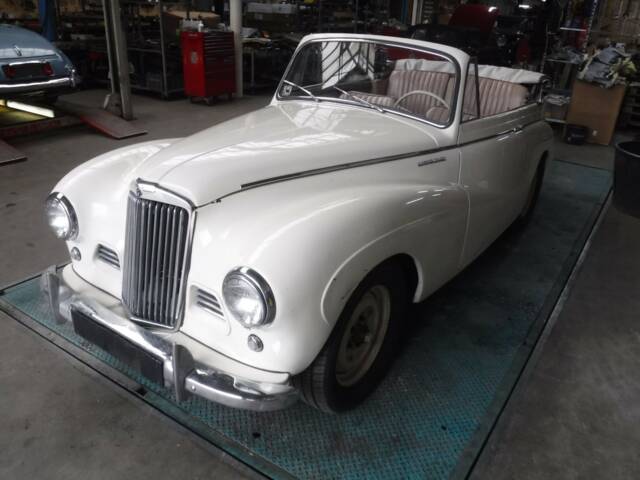
1952 | Sunbeam Alpine Talbot
Sunbeam-Alpine Talbot 90 DHC
Sunbeam Talbot listing references from Classic Trader
Below you will find listings related to your search that are no longer available on Classic Trader. Use this information to gain insight into availability, value trends, and current pricing for a "Sunbeam Talbot" to make a more informed purchasing decision.
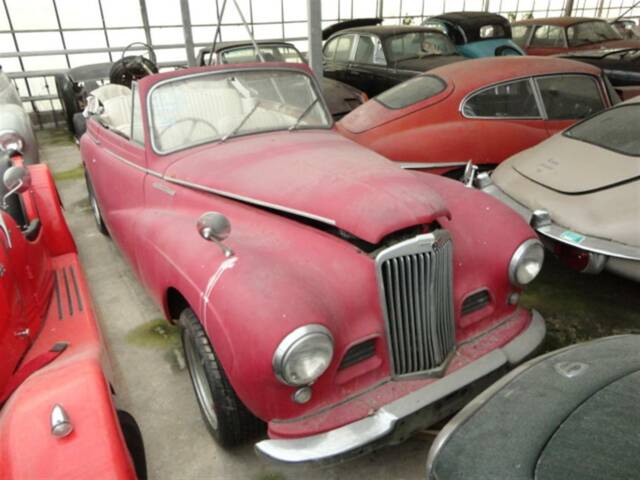
1952 | Sunbeam Alpine Talbot
Sunbeam-Talbot RHD
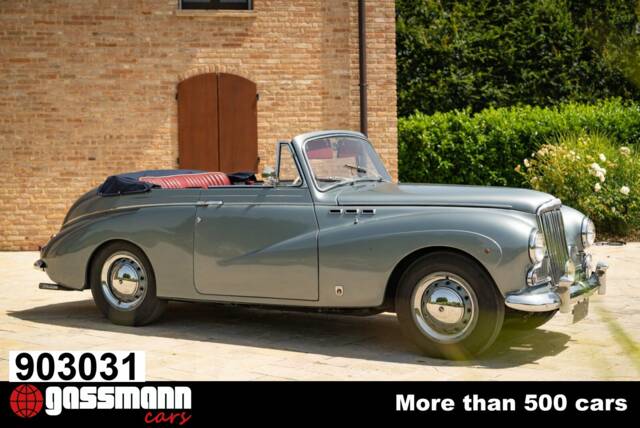
1955 | Sunbeam Alpine Talbot
Tabolt 90 MK III Cabriolet - RHD
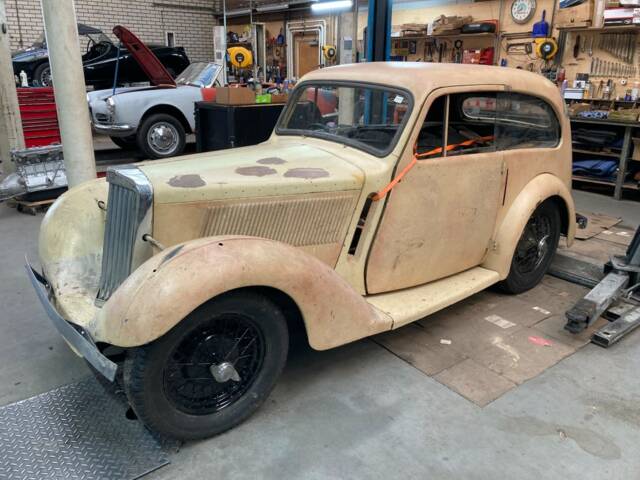
1935 | Sunbeam Talbot Ten
Talbot-10 Sports Tourer
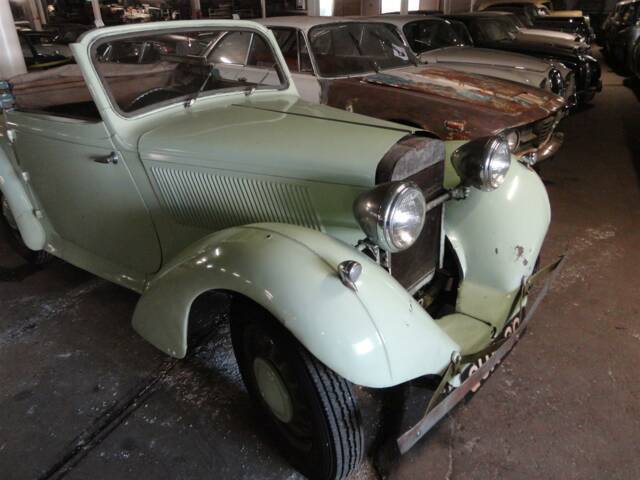
1938 | Sunbeam Talbot Ten
Talbot-10 London RHD
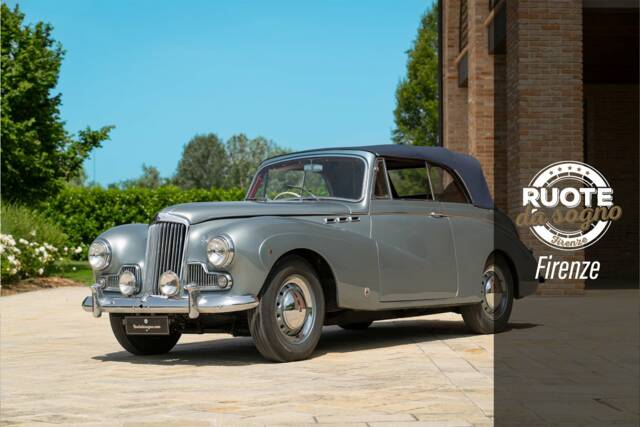
1954 | Sunbeam Alpine Talbot
<p>PRESENTE PAD. 26 - FIERA BOLOGNA - 24-27 OTTOBRE</p>
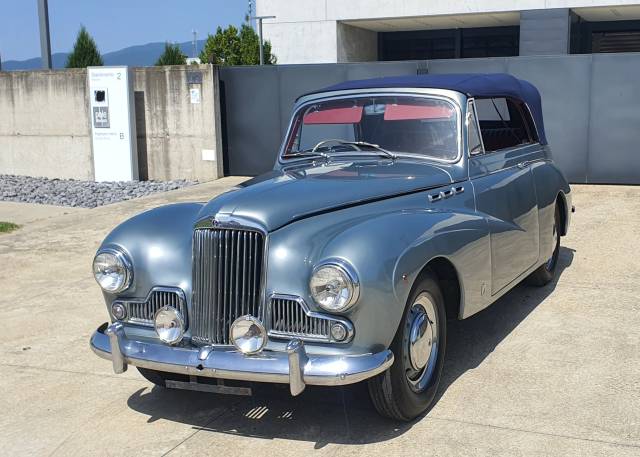
1954 | Sunbeam Alpine Talbot
SUNBEAM TALBOT MKIII
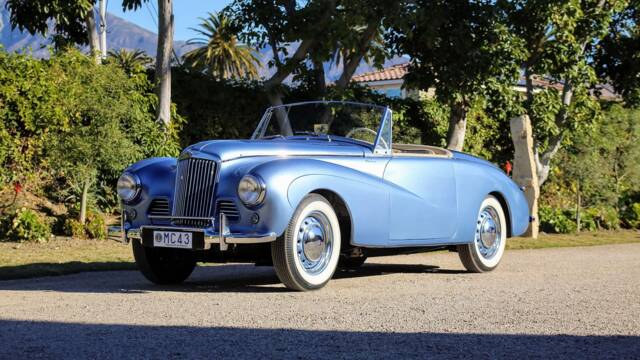
1953 | Sunbeam Alpine Talbot
1953 Sunbeam-Talbot Alpine MKI Sports Roadster
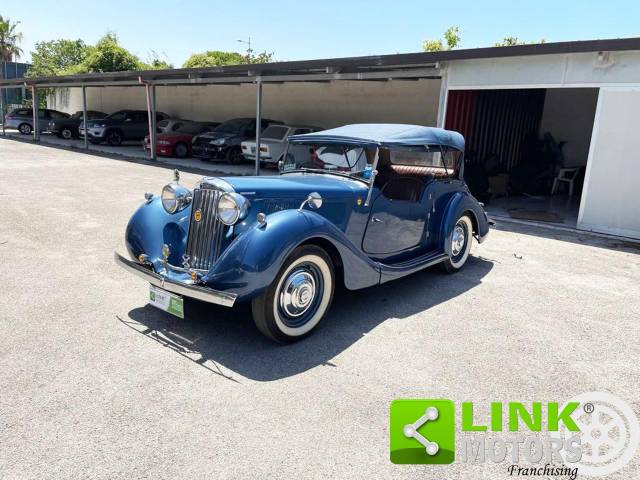
1947 | Sunbeam Talbot Ten
TALBOT Ten Tourer
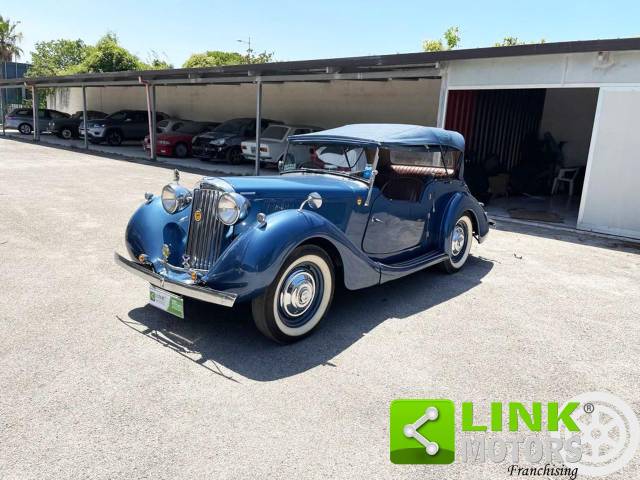
1947 | Sunbeam Talbot Ten
TALBOT Ten Tourer
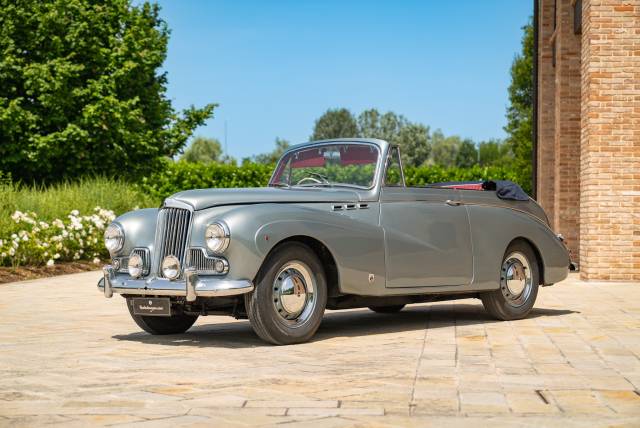
1954 | Sunbeam Alpine Talbot
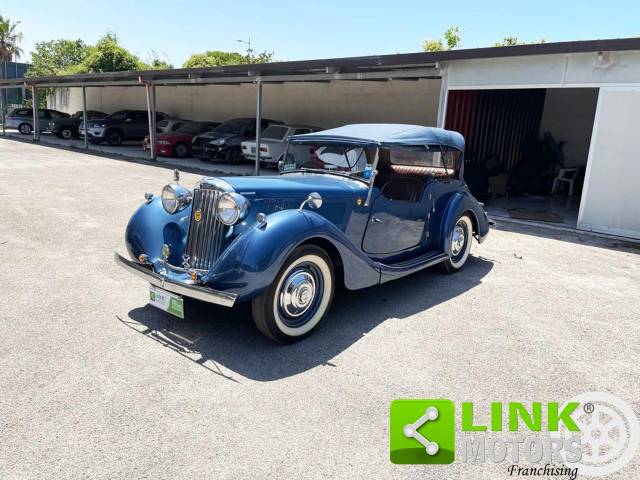
1947 | Sunbeam Talbot Ten
TALBOT Ten Tourer
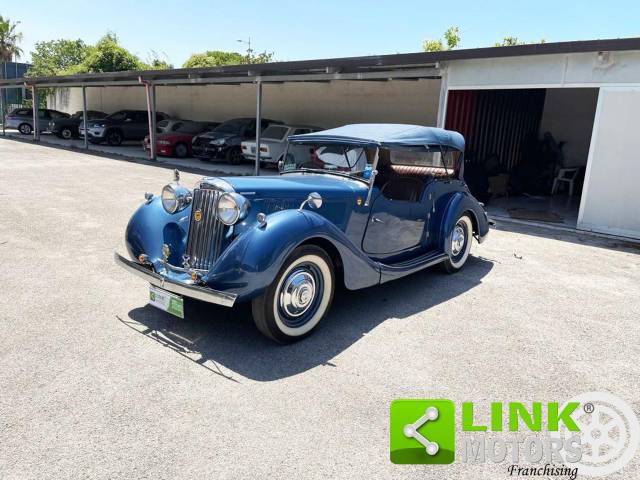
1947 | Sunbeam Talbot Ten
TALBOT Ten Tourer
History of the Sunbeam Talbot Series
The Sunbeam Talbot story begins with the merger of Sunbeam and the British Talbot branch in 1938, following their acquisition by the Rootes Group. Production was interrupted by World War II, but resumed postwar with models like the Sunbeam Talbot 10 and 2 Litre, both derived from prewar designs. The series evolved rapidly, with the introduction of the streamlined Sunbeam Talbot 80 and 90 in 1948, designed by Ted White and inspired by prewar Packard styling. These models were produced at the new Ryton plant, marking a shift from the original North Kensington works. The Talbot name was eventually dropped in 1954, with later models simply badged as Sunbeam. The series is notable for its rallying achievements, including a win at the 1955 Monte Carlo Rally.
Model History
The Sunbeam Talbot lineage traces back to the Clément-Talbot company, which produced high-quality vehicles until its acquisition by Rootes in 1935. The first Sunbeam-Talbot models, the 10 and 3 Litre, debuted in 1938, followed by the 2 Litre and 4 Litre. Postwar, the 10 and 2 Litre continued, with the 3 and 4 Litre models discontinued. The 80 and 90 models introduced in 1948 featured new streamlined bodies and improved mechanicals. The 90 series saw several updates: Mk I, Mk II (1950–1952, with revised front end and more powerful engine), Mk IIA (minor updates), and finally the Mk III (1954–1957), which dropped the Talbot name and increased engine output to 80 bhp. The Sunbeam Alpine, developed from the 90, further cemented the series' sporting reputation.
Highlights of the Sunbeam Talbot Series
Sunbeam Talbot models are renowned for their motorsport success, particularly in rallying during the early 1950s. The Mark II finished second in the 1952 Monte Carlo Rally, while the Mark III secured victory in 1955. These cars feature four-cylinder engines, robust four-speed manual transmissions, and a choice of saloon or convertible bodywork. Notable details include original leather seats, fabric roofs, and period-correct colour combinations. Many examples come with extensive documentation and restoration history, and technical upgrades such as high-performance radiators and modernised electrics are possible.
Technical Data
Special Editions and Collectible Models
The Sunbeam Alpine, developed from the Talbot 90, stands out as a notable special edition. Produced from 1953 to 1955, the Alpine was a lighter, two-seater sports variant with a body by Mulliners of Birmingham. It achieved significant rallying success, including multiple Coupe des Alpes wins and the RAC Dewar Trophy for endurance records. The Alpine's motorsport pedigree and limited production make it especially sought after among collectors.
Weak Spots and Common Issues
While no specific weak spots are documented, typical restoration needs for Sunbeam Talbot models include replacement of carpets, trim pieces, fuel gauges, wheels, and tyres. Electrical systems may require updating, and brake and cooling system upgrades are common. Underbody restoration, including dry ice cleaning and sealing, is often performed. Leather seats may show patina, and convertible tops are subject to wear but can be found in excellent condition. Parts availability is generally good, with support from marque specialists.
Engine and Performance, Transmission and Handling
Sunbeam Talbot models deliver engaging driving dynamics, with the Mark III's 80 bhp engine enabling a top speed of 151 km/h. The four-speed manual transmission and rear-wheel drive layout provide a sporty character, while the independent front suspension (introduced on the Mk II) improves ride and handling. The cars' lighter weight compared to contemporaries like the Mercedes-Benz 220 Cabriolet enhances agility. Period upgrades, such as centre-shift conversions and high-performance radiators, further improve usability. The series' rallying success, including podium finishes at the Monte Carlo Rally, attests to its competitive capabilities.
Interior, Comfort, Exterior and Design
Sunbeam Talbot models feature classic British styling, with flowing front wings, integrated headlamps, and elegant saloon or convertible bodies. Designer Ted White drew inspiration from prewar Packard models, resulting in a streamlined silhouette. Interiors are trimmed in original leather, with period-correct colour schemes such as silver with black roof and red leather options. Accessories include original rev counters, fabric roofs, and optional centre-shift gear levers. Restoration often preserves or enhances these features, with attention to detail in upholstery, trim, and instrumentation.
Other Relevant Features
Sunbeam Talbot vehicles often come with comprehensive documentation and restoration histories, including German and US-imported examples. Italian registration papers are also possible. Marque specialists offer technical support, and parts availability is generally strong. Upgrades such as electronic rev counters and modernised wiring harnesses are common in restored cars.
Summary
The Sunbeam Talbot series offers a compelling mix of motorsport heritage, technical evolution, and distinctive British design. With strong supply and demand in the classic car market, these vehicles appeal to enthusiasts seeking a well-documented, historically significant classic. Their rallying pedigree, robust mechanicals, and elegant styling ensure lasting appeal for collectors and drivers alike.
